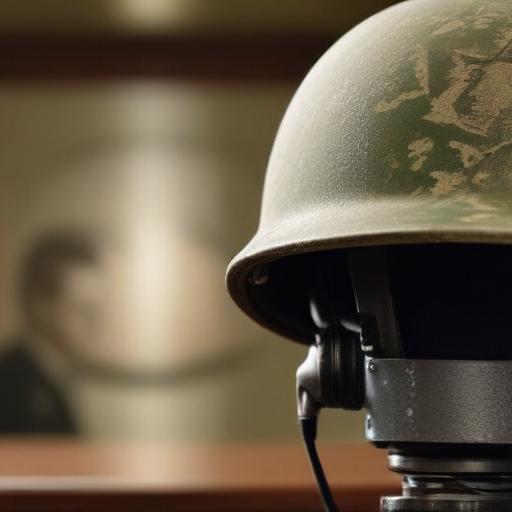The current climate regarding military involvement in civil unrest echo echoes previous events in U.S. history, particularly the ongoing situation in Los Angeles. In June 2020, during protests sparked by the police murder of George Floyd, Pete Hegseth found himself on the streets of Washington D.C. in a riot helmet, representing the National Guard’s presence meant to quell civil unrest. Fast forward to today, Hegseth has ascended to a prominent role within the Pentagon, leading efforts to deploy National Guard troops and active-duty Marines to the L.A. area, all in the name of maintaining order amidst immigration tensions.
The mobilization of 4,000 California National Guard members—despite Governor Gavin Newsom’s opposition—marks a significant shift from longstanding protocols that have generally curtailed military presence on American soil. The administration characterizes this action as necessary to focus on immigration and law enforcement, raising concerns among Democrats who argue that such military actions may further escalate violence rather than curtail it.
Key voices from the military community caution against deploying active-duty forces to control citizens. Retired officers warn that while National Guard troops are typically familiar with their communities and can positively assist in emergencies, active-duty units focus on combat scenarios, which may lead to detrimental consequences when used against civilians. This difference is vital as events in Los Angeles unfold.
While the administration appears confident in its approach, detractors argue that it risks damaging the relationship between the military and the communities it serves. Hegseth’s combative style in recent congressional sessions illustrates the heightened tensions surrounding this issue, as seen when he deflected questions about the financial implications of the deployment by criticizing local leadership responses to violence.
Meanwhile, President Trump’s strong rhetoric highlights his determination to restore order, promising to confront any protests that might arise at a major military celebration. Despite the politically charged atmosphere, some within the Republican ranks express concern about the potential overreach of military force and its consequences.
Hegseth’s philosophy on the military’s role in civil society has been shaped by his experiences during periods of unrest and reflects a broader strategy that aligns with Trump’s views. Navigating the complexities of domestic conflict with military support raises critical questions about the future implications for civil-military relations and the profound impact on community trust in armed forces.
The situation remains fluid, and while some see the current approach as necessary for maintaining order, others hope for resolution through dialogue and community engagement instead of military intervention.
